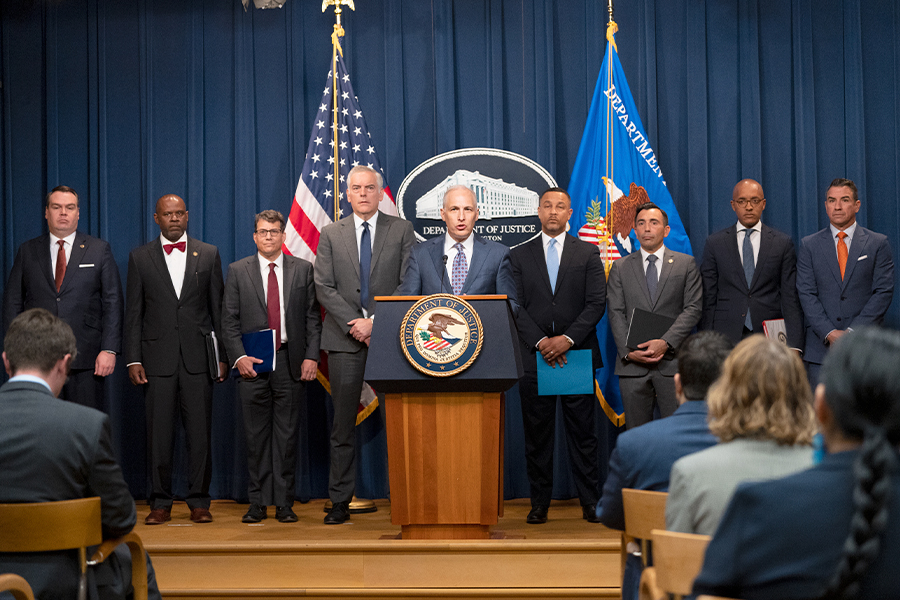
Joe Biden came to office vowing to get tough on corporate abuses, reversing the soft-on-white-collar-crime approach of his predecessor. Biden went on making those promises, and they were echoed by Attorney General Garland and other Justice Department officials.
That crackdown, however, has not materialized. A new report from Public Citizen shows that the Justice Department concluded only 110 corporate criminal prosecutions in 2022—lower than in any year of the Trump Administration. In fact, it was the smallest number since 1994.
In addition to the decline in overall cases, Public Citizen points out a drop in the number of those cases in which the defendant company received a leniency deal. These are arrangements known as non-prosecution and deferred prosecution agreements in which a firm can avoid a guilty plea by paying a penalty and promising to change its behavior.
Those pledges are frequently broken, and the companies are charged again. Instead of throwing the book at these recidivists, DOJ often offers them a new leniency agreement, making the whole process a farce.
As Public Citizen notes, a decline in leniency agreements would be a good thing if it went along with an increase in the overall volume of prosecutions. Instead of replacing leniency agreements with conventional cases, the DOJ statistics suggest that the agency is simply choosing not to prosecute at all in many instances.
Public Citizen says DOJ may be making greater use of a process called declination, which is essentially a form of super-leniency in which no charges are brought. Some of these deals are made public, but the best corporate defense lawyers can negotiate declinations that are kept secret.
The analysis done by Public Citizen focuses on criminal cases. I decided to check comparable civil cases brought by the Securities and Exchange Commission. According to data collected in Violation Tracker, the SEC collected $1.4 billion in penalties from companies in 2021. This was down from the totals in the final two years of the Trump Administration. In 2022 the SEC’s total jumped to $4.4 billion, thanks in large part to a single case involving a $1 billion settlement with the German insurance company Allianz.
This year the SEC total through mid-October is $1.5 billion. Unless the agency announces some very large cases in the next nine weeks, its 2023 total will also fall behind the final Trump years.
While case and penalty totals do not tell the whole story, what we see in both the criminal and civil areas is something less than a major assault on corporate misconduct. There have been some laudable steps taken by other agencies such as the Federal Trade Commission and the Consumer Financial Protection Bureau, but both of those regulators have faced legal challenges to their enforcement powers. At the same time, the whole system of business regulation is threatened by Republican defunding efforts.
Overall, the Biden Administration has yet to show that it can overcome these obstacles and make good on the promises of a crackdown on rogue corporations.








